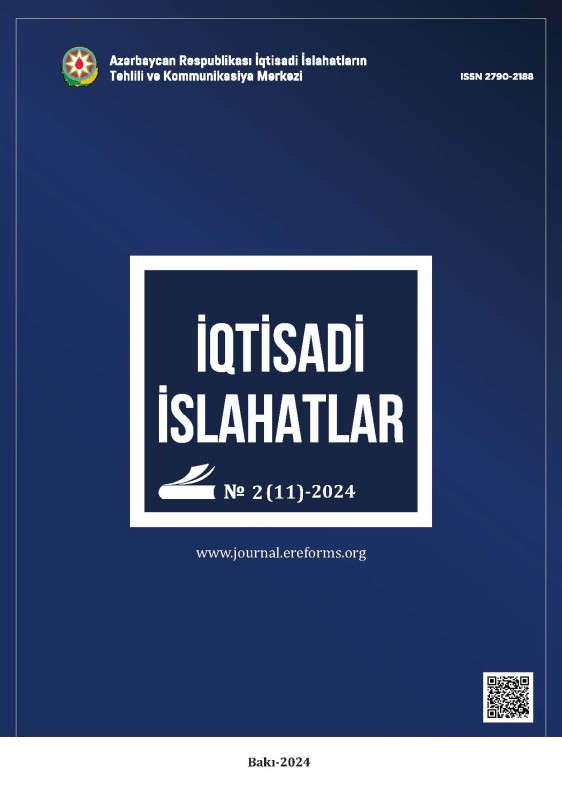Analysis of the effect of carbon footprint on economic growth in Azerbaijan
Summary
The increasing energy consumption and industrial activities that release carbon dioxide (CO2) emissions into the atmosphere have become one of the most serious environmental issues of today. This article discusses the current status in Azerbaijan regarding the development of effective approaches to reduce carbon emissions and ensure sustainable development, and it proposes relevant strategies for managing the carbon footprint. By exploring the interrelationship between the economy and the environment, it aims to contribute to the formation of more effective policies for managing CO2 emissions in Azerbaijan. According to the results of the econometric model established within the research for the period of 1990-2023, as the Azerbaijan economy grows, per capita CO2 emissions tend to increase, which can be linked to rising industrial activity, energy consumption, and other factors driving economic growth. The presence of a positive long-term relationship between population growth and per capita CO2 emissions can be attributed to higher overall energy consumption, increased demand for goods and services, and rising transportation needs. The strong correlation between economic growth and CO2 emissions suggests that it may be too early to assert the validity of the Kuznets curve for Azerbaijan economy as a developing country.
